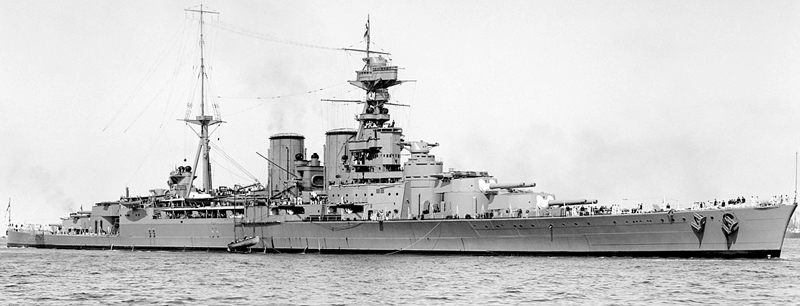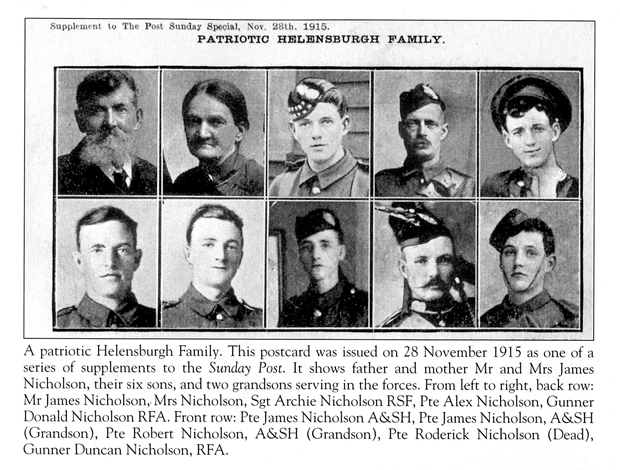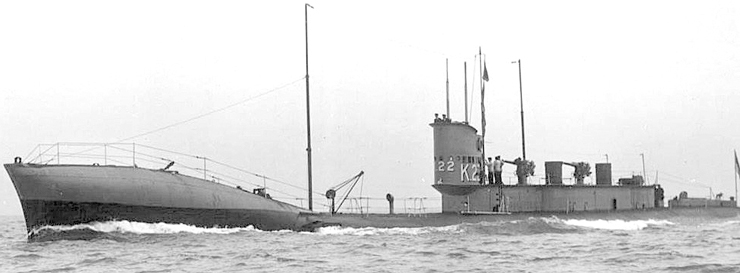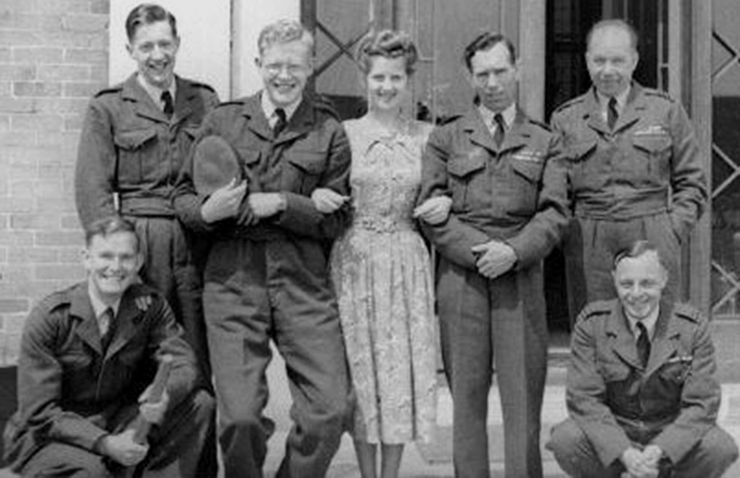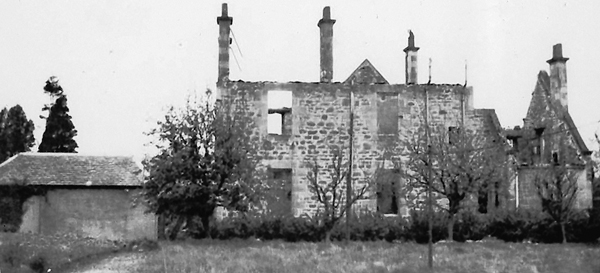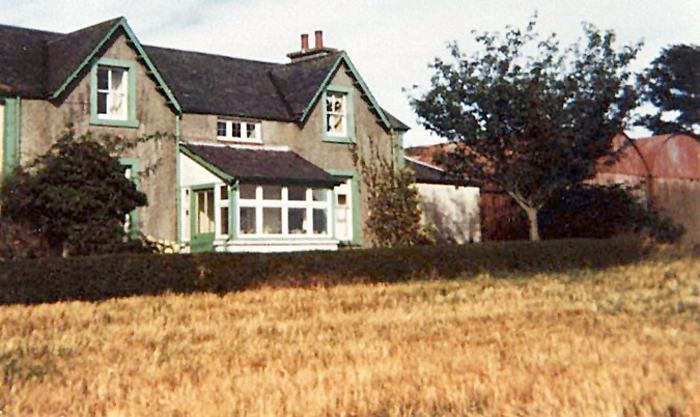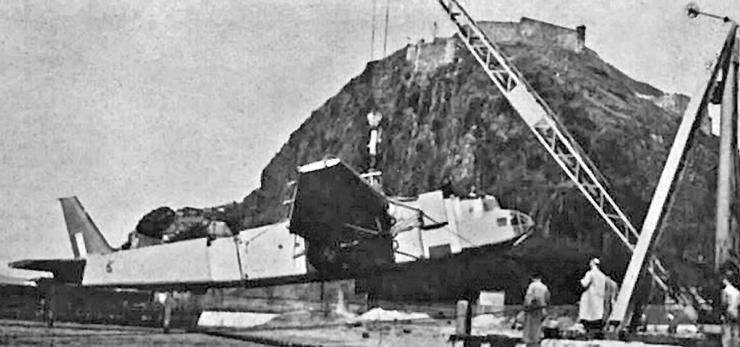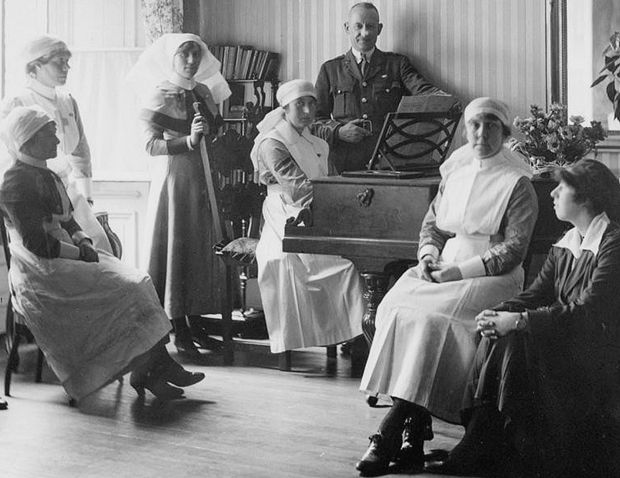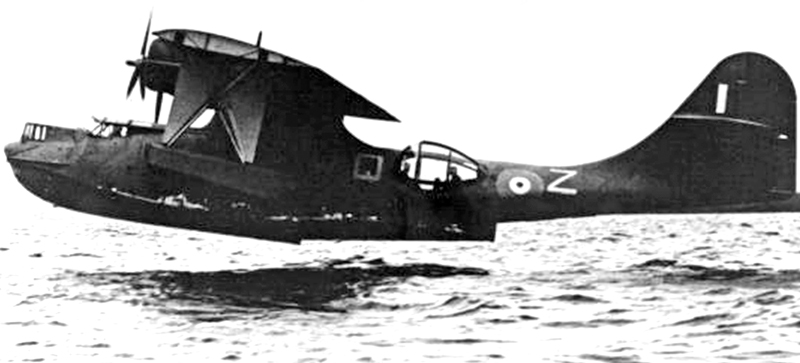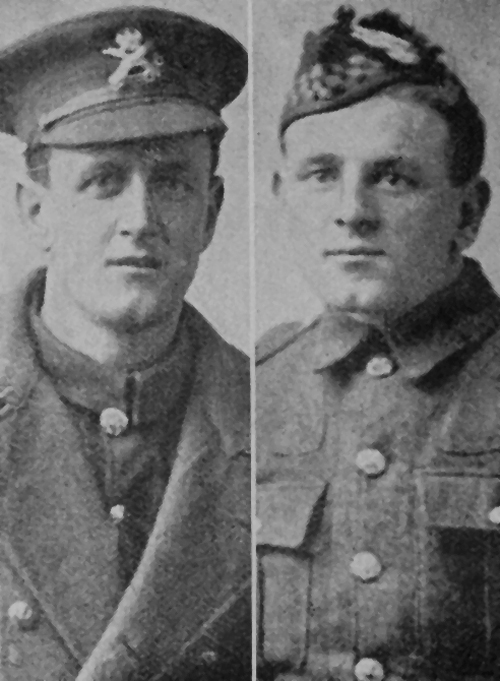A HELENSBURGH man was one of the ship’s company declared ‘missing believed killed’ when the battlecruiser HMS Hood was shelled and sank on May 24 1941.
The sinking by the German battleship Bismarck was one of the largest World War Two losses of life for the Royal Navy, and it sparked a huge pursuit of the Bismarck, which was destroyed three days later.



